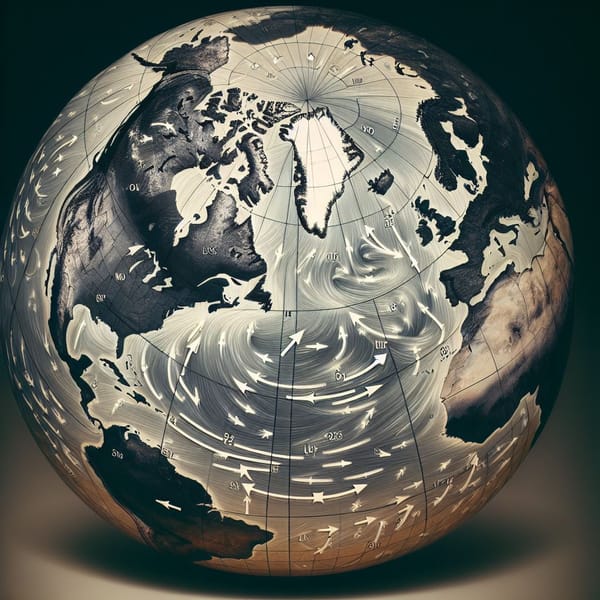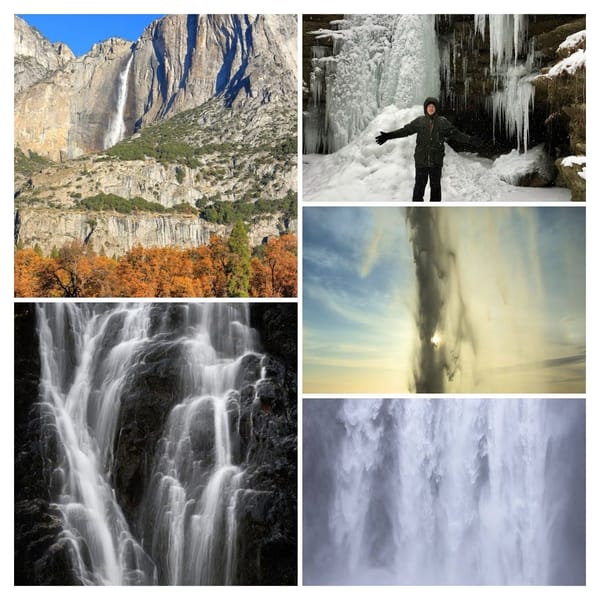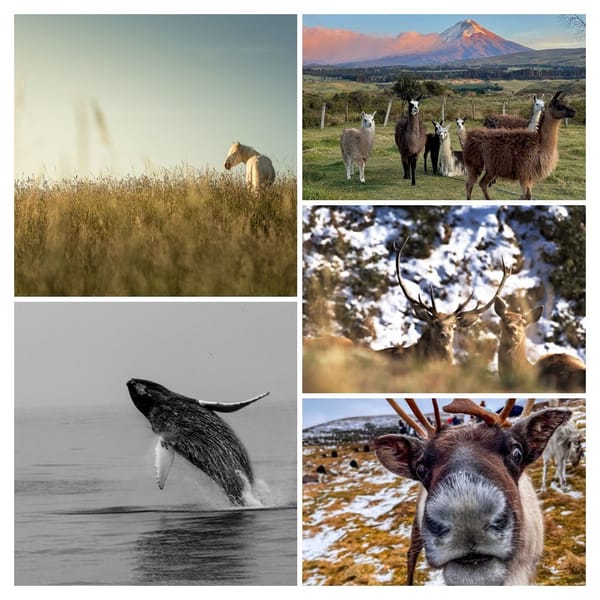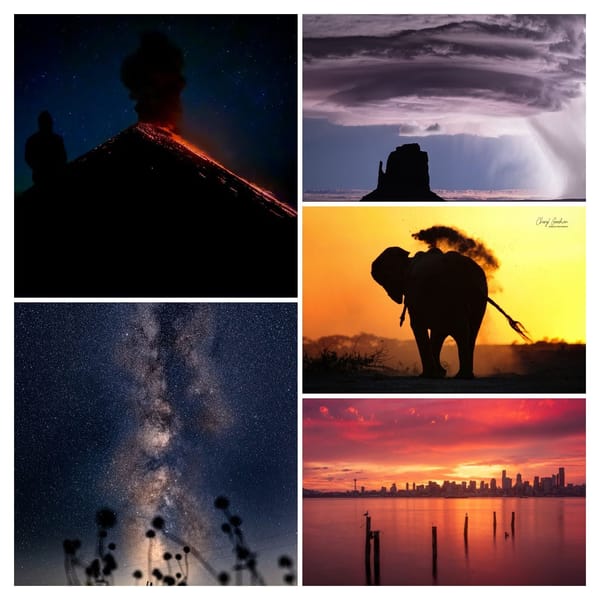StormHour Guide to Nacreous Clouds
Nacreous clouds develop in the lower stratosphere over polar regions when the Sun is slightly below the horizon.

Straight to the point: Nacreous Clouds in less than 200 words for those of you in a rush
- Nacreous clouds develop in the lower stratosphere over polar regions when the Sun is slightly below the horizon. The clouds are illuminated from below and frequently radiate in vivid hues.
- Also known as polar stratospheric clouds
- Occur approximately 10 to 20 miles above the Earth (16,000 to 32,000 metres. )
- Shaped like large thin discs, often reflecting vivid colours
- Generally found in latitudes higher than 50ˌ
- They form in temperatures below -80° C in the lower stratosphere
- A mixture of ice crystals and nitric acid
- The best time to see them is during a winter sunrise or sunset
- There is no direct Latin translation, but the old English term “Nacre” means “mother of pearl.”
- They give no precipitation.
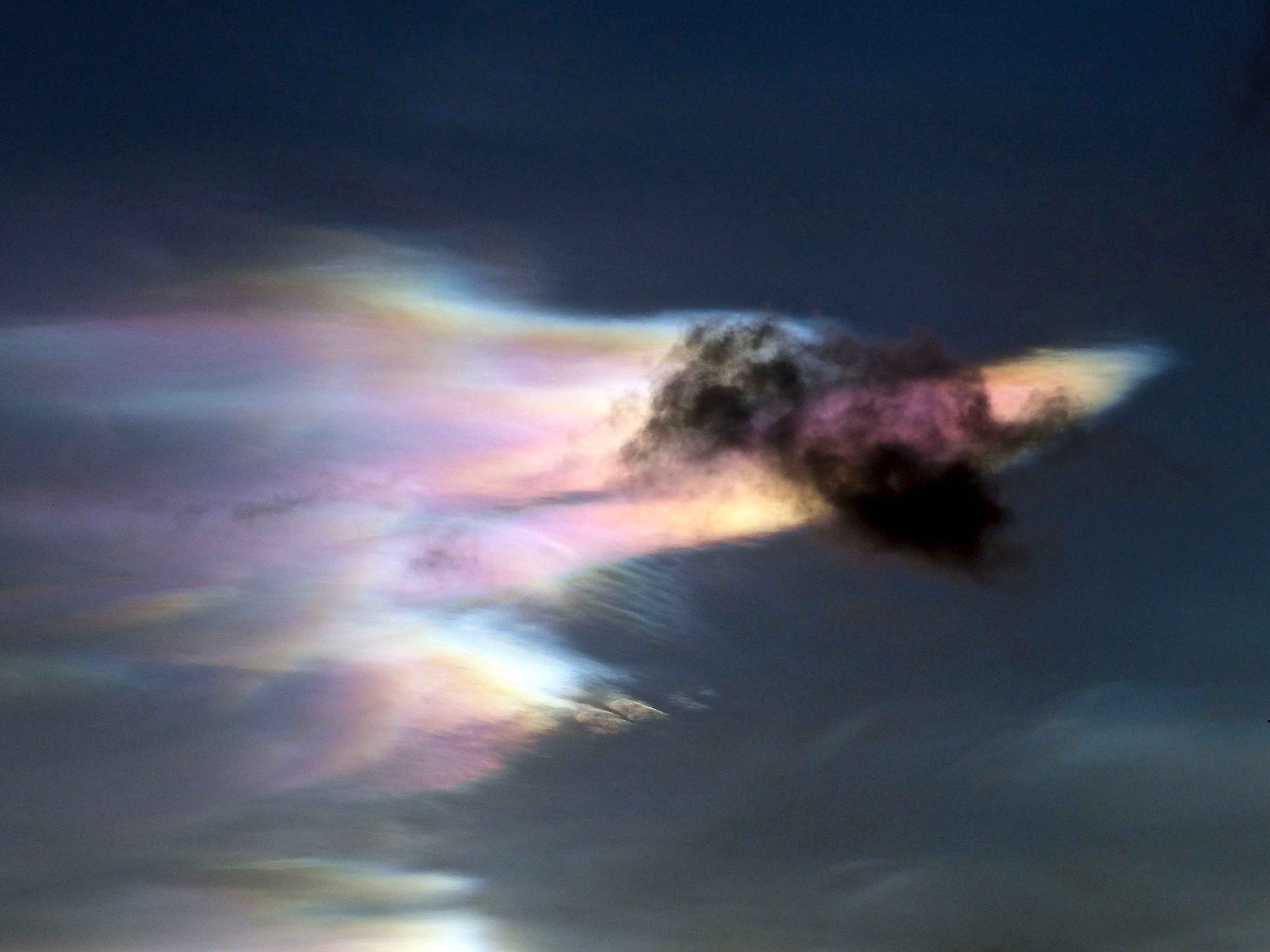
What are Nacreous clouds?
Nacreous clouds are thin, large discs that form in the lower stratosphere over polar regions when the Sun is just below the horizon. The clouds are usually brightly illuminated from below and can often be seen reflecting vivid colours. There is no direct Latin translation, but the old English term “Nacre” means “mother of pearl.”
Nacreous clouds are rare and very high clouds, known mainly for the coloured light they reflect after sunset and before sunrise. The colours are reminiscent of the colours which reflect from a thin layer of oil on top of water, an effect known as iridescence.
Dangers of Nacreous Clouds.
Unfortunately, these beautiful clouds do have a dark side; Their chemical composition assists in the production of ozone-depleting chlorine atoms. One chlorine atom can destroy 100,000 ozone molecules. So these wonderful and rare clouds have a powerful and destructive environmental impact.
How do Nacreous clouds form?
Nacreous clouds form in the lower stratosphere, located between 10 and 20 miles above the Earth’s surface. They form when the Sun is just below the horizon, and its light passes through many tiny ice crystals in the air. The crystals act as a prism, splitting the sunlight into its component colours, mirroring the process that forms rainbows.
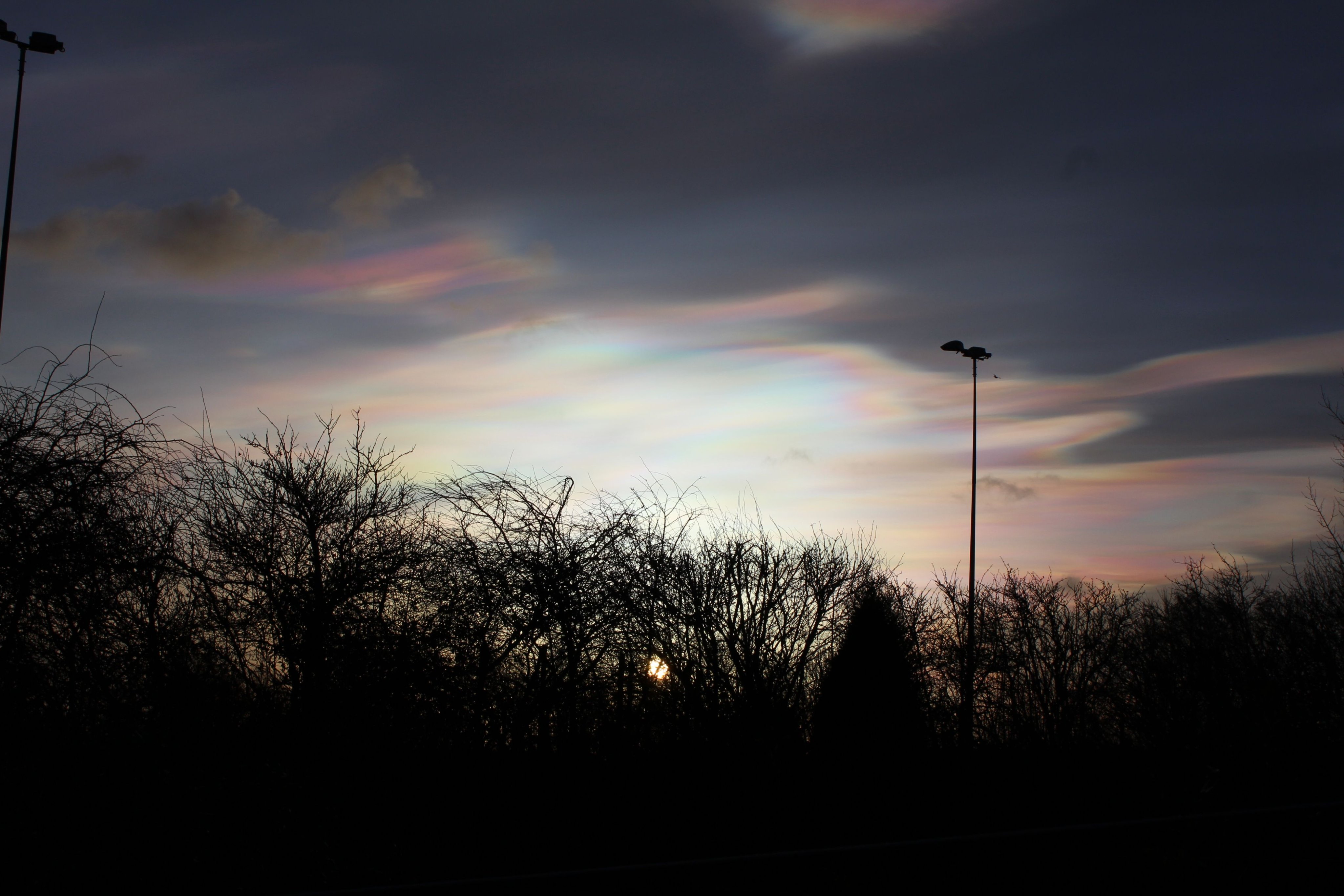
What are the most common colours seen in Nacreous clouds?
The most common colours are pink, purple and blue. However, they can sometimes be orange, red or yellow. The colour of a nacreous cloud depends on the size and shape of the ice crystals that make it up.
These clouds are illuminated by sunlight below the horizon and reflect it to the ground. They glisten brightly before dawn and after dark due to their high altitude and the curvature of the Earth’s surface.
Nacreous clouds are most likely to be viewed when the Sun is between 1 and 6 degrees below the horizon in regions with higher latitudes, such as Scandinavia and northern Canada. As a result, they have been dubbed polar stratospheric clouds. Nacreous clouds only form at lower temperatures (-80° degrees Celsius or -130° Fahrenheit)
Nacreous clouds are generally only seen in the UK when the cold air that travels around polar regions in the stratosphere (known as the stratospheric polar vortex) is redirected and hovers momentarily over the country.
What weather is associated with Nacreous clouds?
Nacreous clouds are associated with freezing weather and are often seen in the wintertime.
They can also form during transitory cold-air outbreaks in the autumn but are not as common then. Nacreous clouds can persist for up to an hour, even when the Sun rises significantly above the horizon.
Because they’re most common in polar vortices, they’re frequently associated with severe cold and arid conditions.
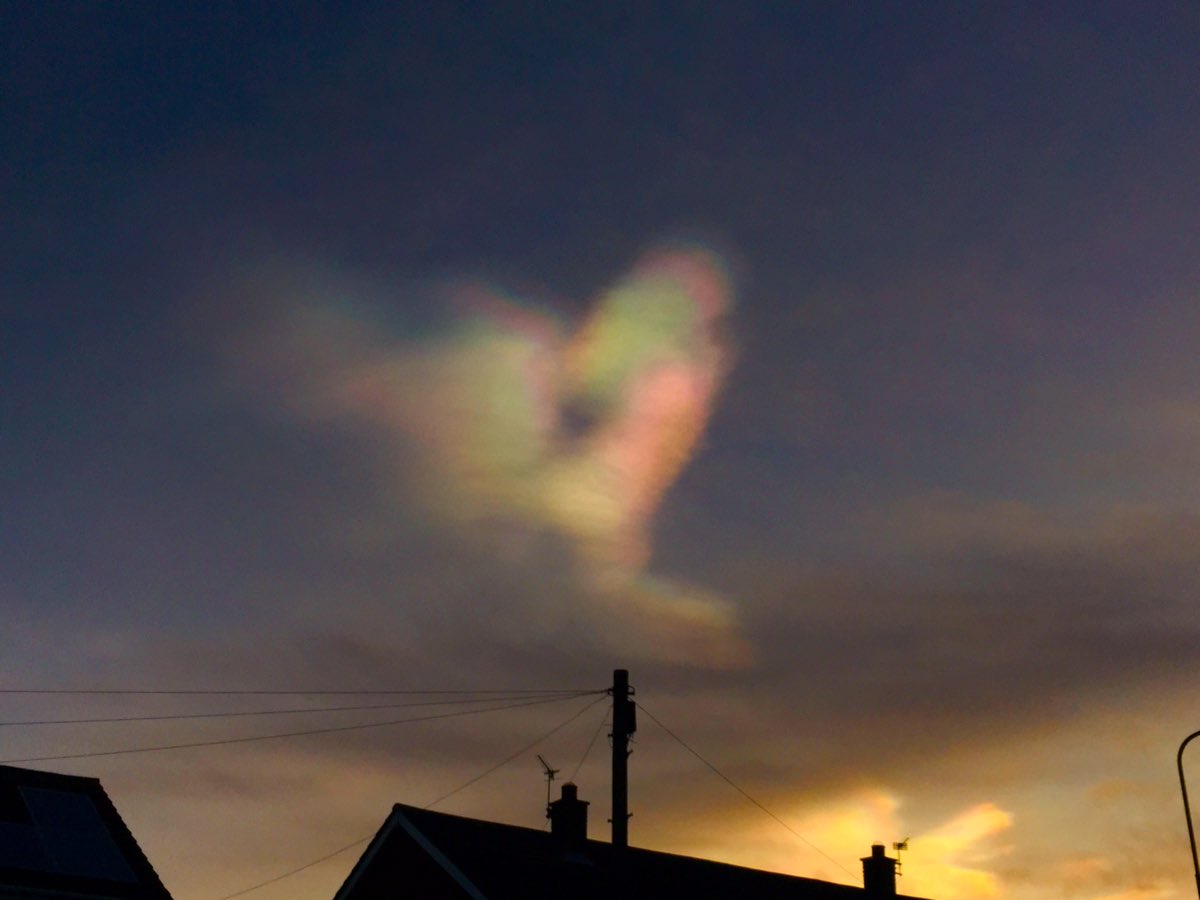

FAQs
What are Nacreous clouds?
Nacreous clouds are thin, large discs that form in the lower stratosphere over polar regions when the Sun is just below the horizon. The clouds are usually brightly illuminated from below and can often be seen reflecting vivid colours. There is no direct Latin translation, but the old English term “Nacre” means “mother of pearl.”
How do Nacreous clouds form?
Nacreous clouds form in the lower stratosphere, which is located between 10 and 30 km (6 and 19 miles) above the Earth’s surface. They form when the Sun is just below the horizon and its light passes through a large number of tiny ice crystals in the air. The crystals act as a prism, splitting the sunlight into its component colours.
What are the most common colours seen in Nacreous clouds?
The most common colours seen in nacreous clouds are pink, purple and blue. However, they can sometimes be orange, red or yellow. The colour of a nacreous cloud depends on the size and shape of the ice crystals that make it up.
Where can you see Nacreous clouds?
Nacreous clouds are generally only seen in the UK when the cold air that travels around polar regions in the stratosphere (known as the stratospheric polar vortex) is redirected and hovers momentarily over the country.
What weather is associated with Nacreous clouds?
Nacreous clouds are generally associated with very cold weather and can often be seen in the wintertime. They can also form during transitory cold-air outbreaks in the autumn but are not as common then. Nacreous clouds can persist for up to an hour, even when the Sun has risen significantly above the horizon.
Is there a specific name for people who study Nacreous clouds?
The formal name for someone who studies nacreous clouds is a “Polar Stratospheric Cloud Observer.” informally, they are often called “mother-of-pearl cloud watchers.”
What is the difference between Nacreous clouds and other types of clouds?
Nacreous clouds are made up of very small ice crystals, whereas other types of clouds are made up of larger water droplets. Nacreous clouds also form at much lower altitudes than other types of clouds. Finally, nacreous clouds are only seen in polar regions, whereas other types of clouds can be seen all over the world.
How long do Nacreous clouds last?
Nacreous clouds can last for up to an hour, even when the Sun has risen significantly above the horizon.


